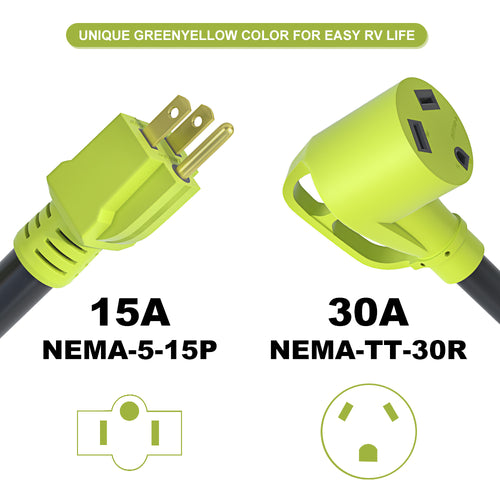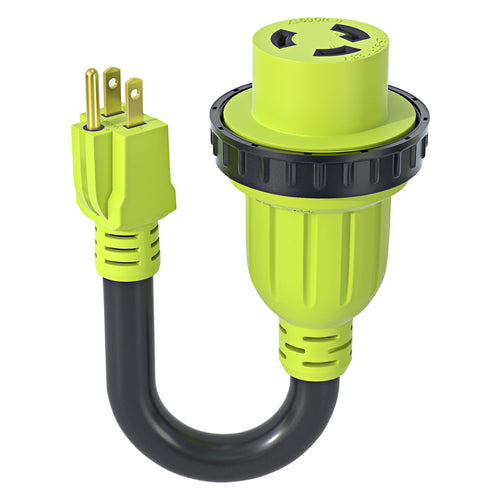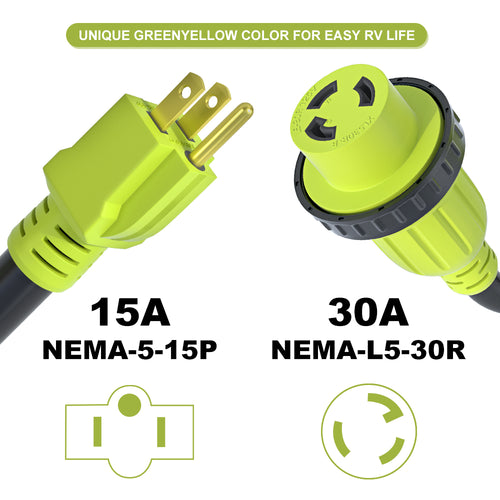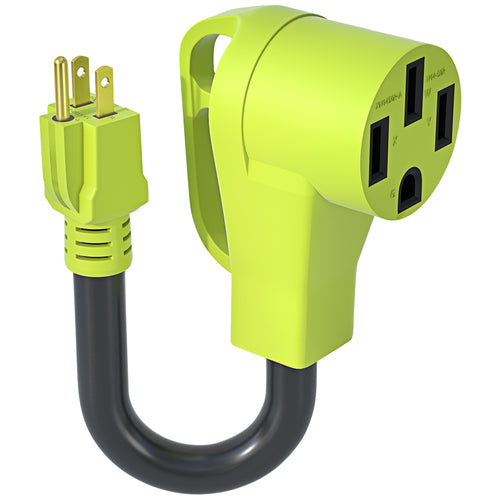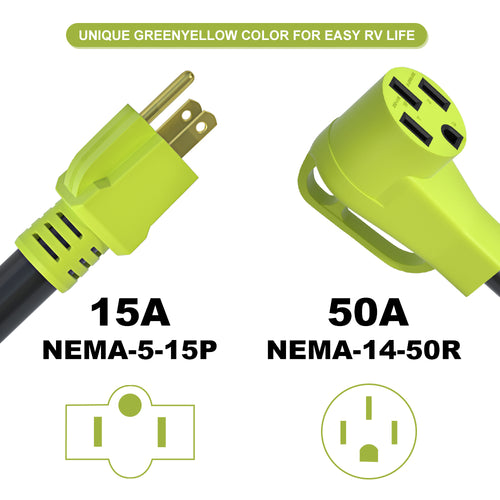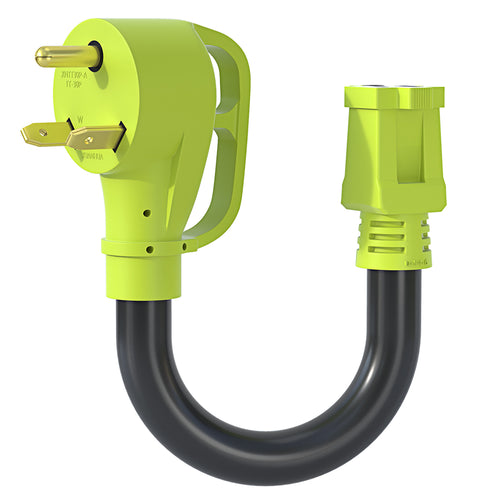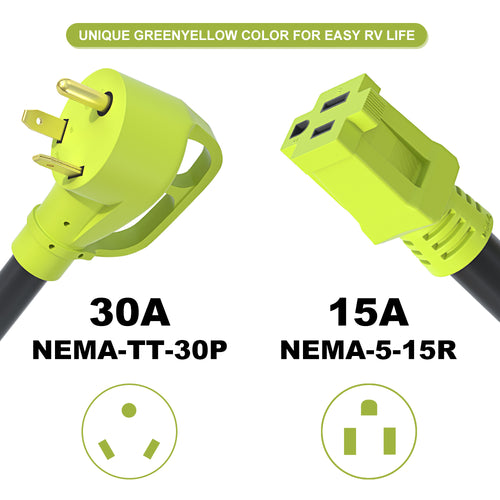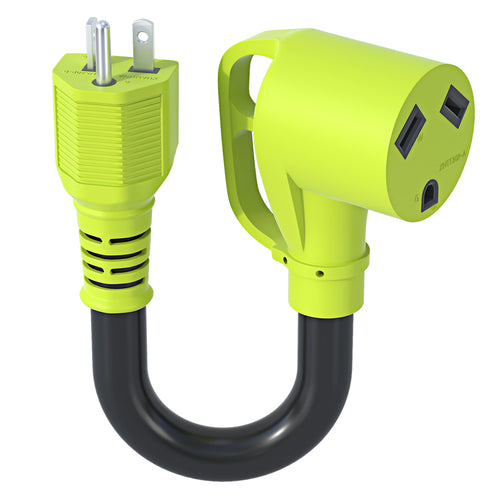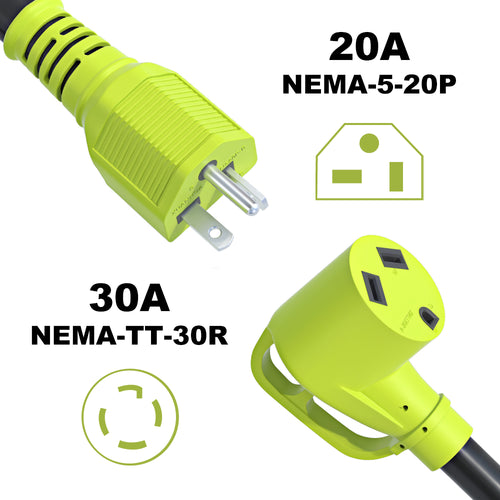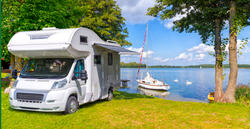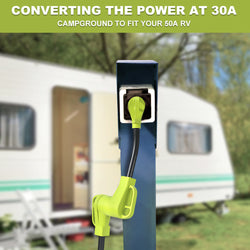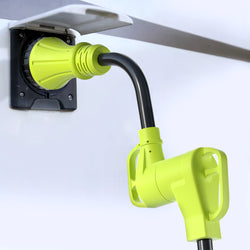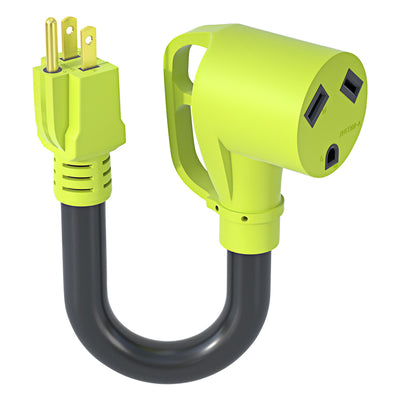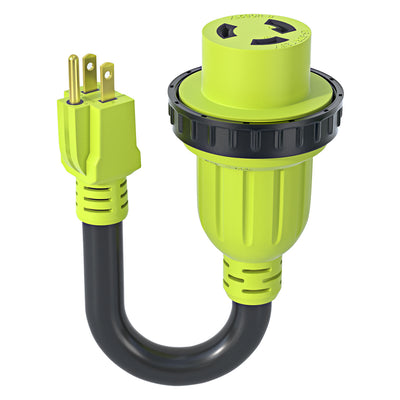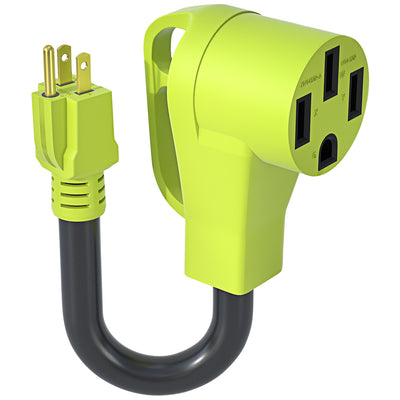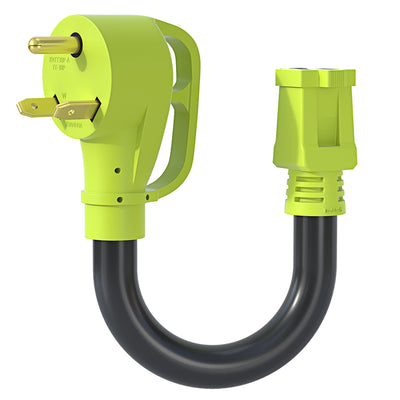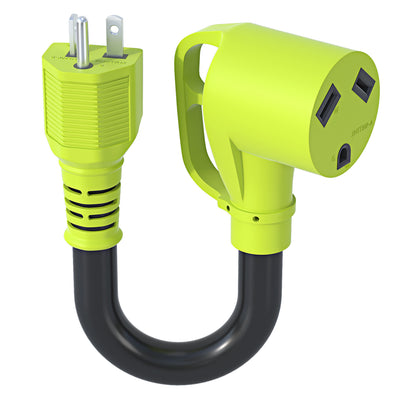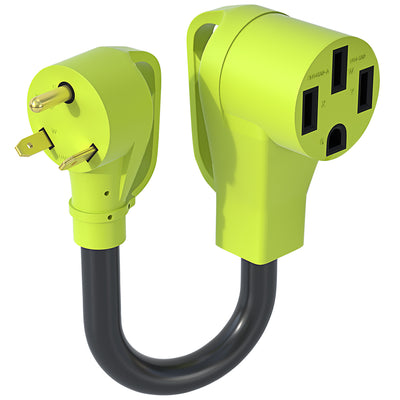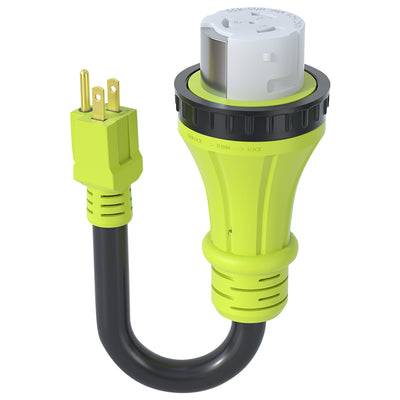One RV,Two Electrical Systems
Your RV electrical system allows you to take advantage of many modern amenities you are used to, from overhead lighting and ventilation fans to microwave ovens and refrigerators. Although it's great to be able to use all these things on the road, if you want it to run smoothly without interruption, it's helpful to have a basic understanding of how your RV electrical system works.
First, understand that your RV consists of two separate systems:a 120-volt AC system and a 12-volt DC system.The 12-volt system is powered by a battery (or in some cases, multiple batteries), It powers most of the lights in the RV living space, your water pump, your carbon monoxide detector and other things.The 120-volt system is linked by the RV electrical adapter or powered by a generator, which can supply power for daily supplies such as kitchen appliances, televisions and other large appliances.The 120 volt system is a more powerful battery, which is used to power daily supplies of large appliances such as roof air conditioner or refrigerator in electric mode.
In order to operate this battery, you either need to connect to the shore power (just like you usually do in developed campsites), which requires our RV adapter. Simple operation can provide power for our RV, or run a generator that can charge such a large capacity battery. Of course, we also have the generator adapter and extension cord.
Before inserting the RV electrical connection, we need to control what appliances are needed,and you can’t run too many of these at once.Not everything you plug in will draw the same amount of electricity. Some devices work well at very low power, while others consume a lot of your available power. In general, anything that generates heat or gets cold will draw a lot of power.
Due to the limitations of power, you must learn how to conserve energy.In case your power doesn't run out too fast.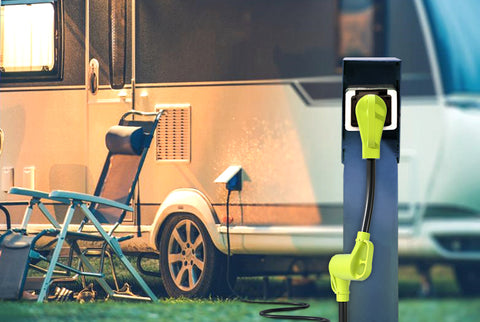
content of interest:Will Your RV Microwave Stop Working? Here's What Happened?








